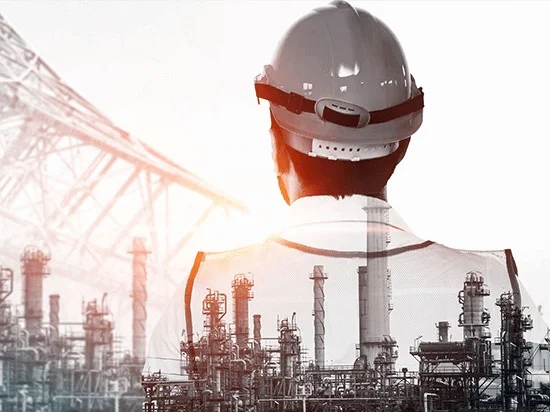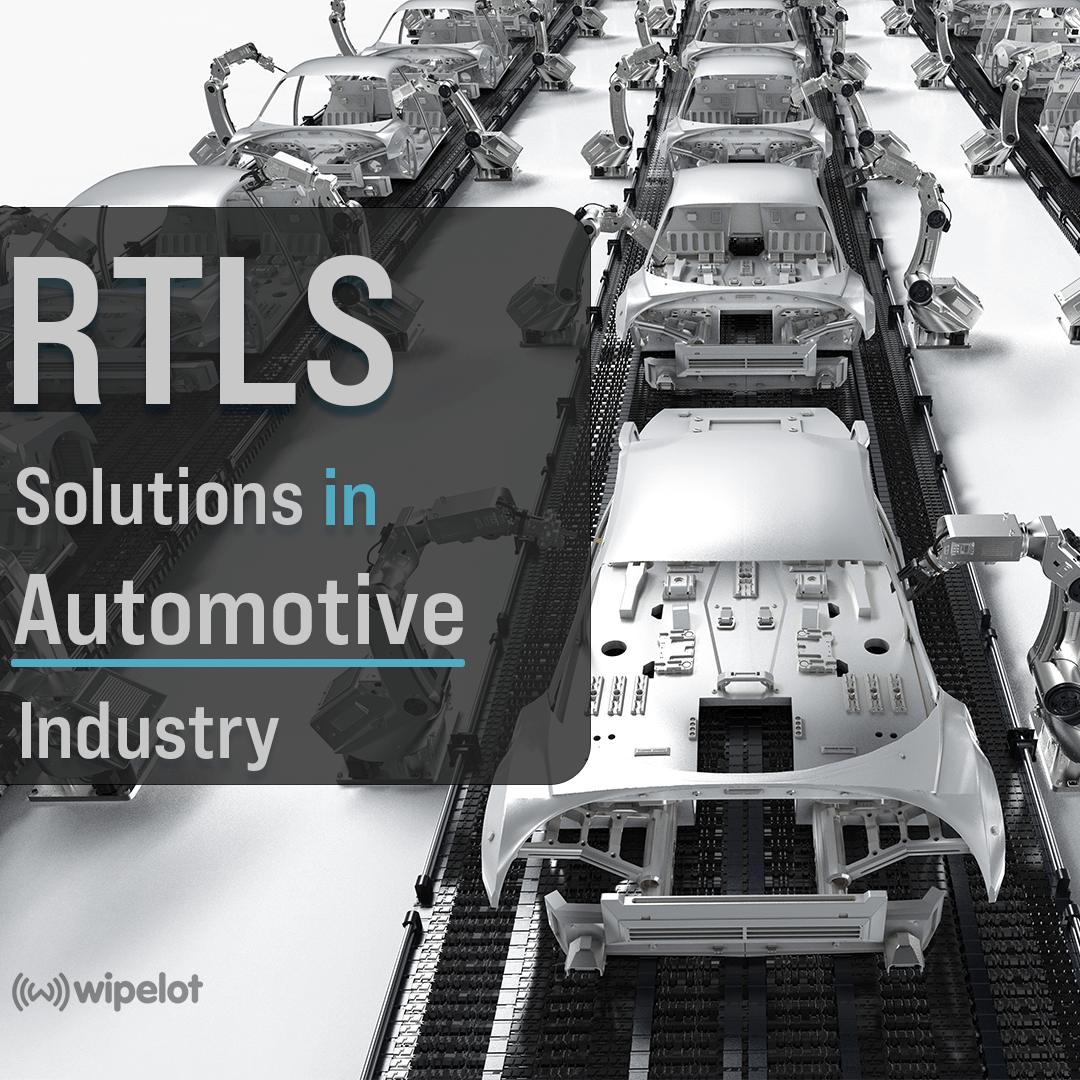Why do companies need Smart Warehouse Technology?
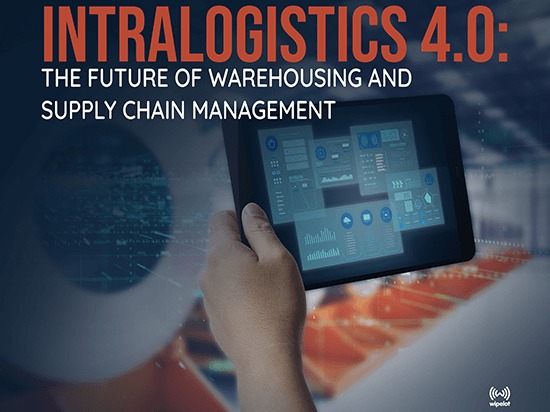
Intralogistics 4.0: The future of warehousing and supply chain management
The warehouses had always been a place where the operation was managed manually for a long time, could not meet the requirements of the era, and the safety measures were insufficient.
Until the revolution of industry 4.0.
This new era brought an automated workforce to manufacturing, warehouse and distribution centres. Nowadays, these digital transformations into the core business processes within a modern supply chain have become one of the essential factors for a company.
This transformation which has spread rapidly in the manufacturing industry has recently affected warehouses and distribution centres. After the new era, companies that quickly integrate digital transformation processes into intralogistics strategies have begun to maintain and expand their leading technological position among international competitors.
In addition, the warehousing and logistics industry strives for work safety. According to international statistics, 16 employees are involved in accidents at work every 15 seconds. That is a fundamental situation for any distribution centre that doesn't want to be part of this statistic, and to avoid loss of productivity due to industrial accidents.
What is Smart Warehouse?
Smart warehouse technology is a type of automation that allows companies to improve their warehouse processes. It can help with everything from storing and picking goods, to inventory management and even work safety. It's designed to improve efficiency and reduce waste by providing real-time information about what's happening in the warehouse, as well as where items are located.
Why should transform your warehouse operations into "Smart"?
Smart warehouse technology is a type of automation that allows companies to improve their warehouse processes. It can help with everything from storing and picking goods, to inventory management and even work safety. It's developed to improve efficiency, work safety and reduce waste by providing real-time information about what's happening in the warehouse, as well as where assets are located.
The smart warehouse comes with a lot of benefits
- less human error
- more productivity
- increase work safety
- higher efficiency
- lower overall costs
- and higher consumer satisfaction
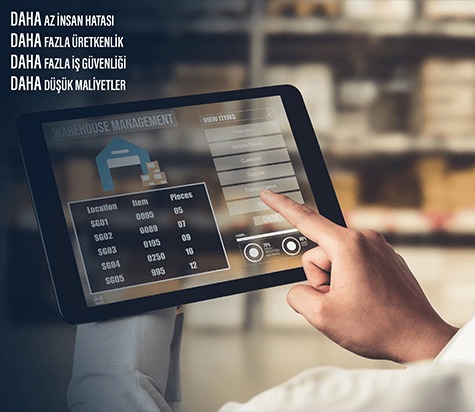
Where to begin the warehouse optimisation process?
High-precision asset tracking in warehouse
Next-generation wireless RTLS technology well-combined with the UWB (ultra-wideband) has enabled effective positioning in an indoor environment. Wipelot's UWB- based RTLS solutions enable to locate and tracking of staff and assets in the warehouse with high accuracy by using readers and tags.
Asset analysis tools for warehouse management
Smart Warehouse Systems can maximize efficiency by integrating real-time asset tracking technologies into its warehouse management software (WMS). This system and RTLS software collects past inventory movements in the distribution centre and analyze the causes of time wasting or delays to optimize future activities and pinpoint bottlenecks. It then uses this information to plan optimized operations for the distribution centre.
Additionally, to know where all the objects in a warehouse are located, and to be able to take precautions against dangerous situations, it is important to know not only where your assets are, but also where they are moving. Using UWB-based RTLS technology allows you both to facilitate security measures and improve productivity by providing more accurate position information on objects.
Flow analysis
Using the personnel tracking and flow analysis tools on Wipelot Lotus RTLS software, can analyze information such as employees' working hours, breaks, paths they have taken and much more; it uses this data to improve their performance. In this way, companies can plan better and increase productivity.
The Wipelot flow analysis module also tracks vehicles and equipment; it identifies their locations and optimizes routes. It allows for workforce improvement, increased efficiency, and faster operations. The system also ensures that workers adhere to speed limits, thus preventing accidents from occurring in the first place.
Wipelot's advanced warehouse analysis software allows businesses to save time and money by analyzing footprint and heat density maps as well as asset location information, helping forklift drivers plan routes to reach their destinations faster and easier.
Data analysis and AI technology
As artificial intelligence is integrated into intralogistics processes, personnel performance, equipment usage and operation durations become more efficient. Wipelot's warehouse analysis tools, make the determination of unnoticed, overlooked mistakes easier and faster in warehouse operations.
It leverages real-time data collected through a bunch of sensors on various resources (RTLS, WMS, and ERP), and eliminates inefficiencies via AI capabilities.
Benefits of implementing Wipelot RTLS in warehouses
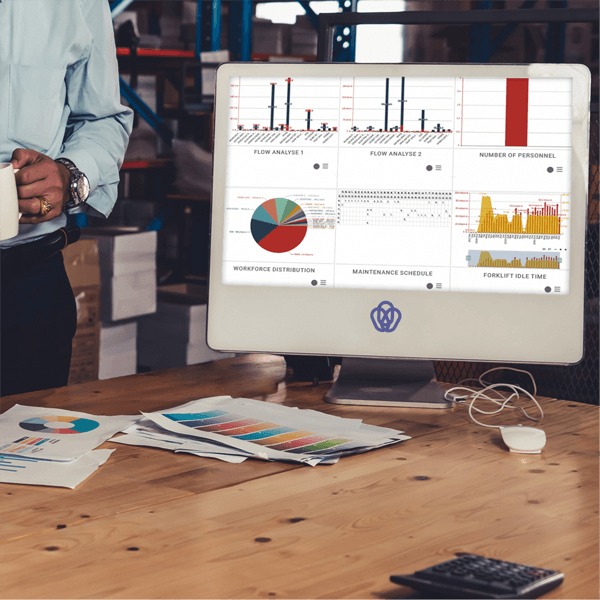
5 Benefits of digital warehouse technology
- The integration of AI technology into the operational process helps to increase productivity and work safety.
- Digitizing and networking each asset in a warehouse enable the data collection, creation of digital twins and analysis.
- The integration of cutting-edge artificial intelligence methods into warehousing systems leads to efficient resource utilization.
- Production, supply chain management, planning and finance departments gathered under the intralogistics ecosystem and prevent interruptions in production.
Frequently Asked Questions About Smart Warehouse Technologies
What is smart warehouse technology and how does it work?
Smart warehouse technology uses automation tools like RTLS, WMS, and AI to track assets, optimize workflows, and improve safety. It works by collecting real-time data from sensors and using software to streamline operations.
How does smart warehouse technology improve safety in logistics operations?
By tracking personnel, forklifts, and hazardous zones in real time, smart warehouse systems prevent collisions, monitor emergency situations, and ensure compliance with safety protocols.
What are the key benefits of integrating Wipelot RTLS in warehouse environments?
Wipelot RTLS improves operational efficiency with real-time asset tracking, forklift monitoring, predictive maintenance, and performance analytics while reducing accidents and labor-intensive tasks.
How can AI-driven analytics help optimize warehouse productivity?
AI analyzes historical movement data, identifies bottlenecks, and suggests route and workflow optimizations. It enables informed decisions that increase productivity and minimize downtime.
Why should companies prioritize digital transformation in intralogistics?
Digital transformation in warehouses leads to higher efficiency, lower costs, reduced human error, and better decision-making across supply chain, production, and planning departments.
Furthermore, Wipelot digital warehouse systems have changed ways of reducing costs, minimizing errors, and improving workplace safety.
You can contact us for detailed information about our smart warehouse technologies and to determine the system that's suitable for your facility.
